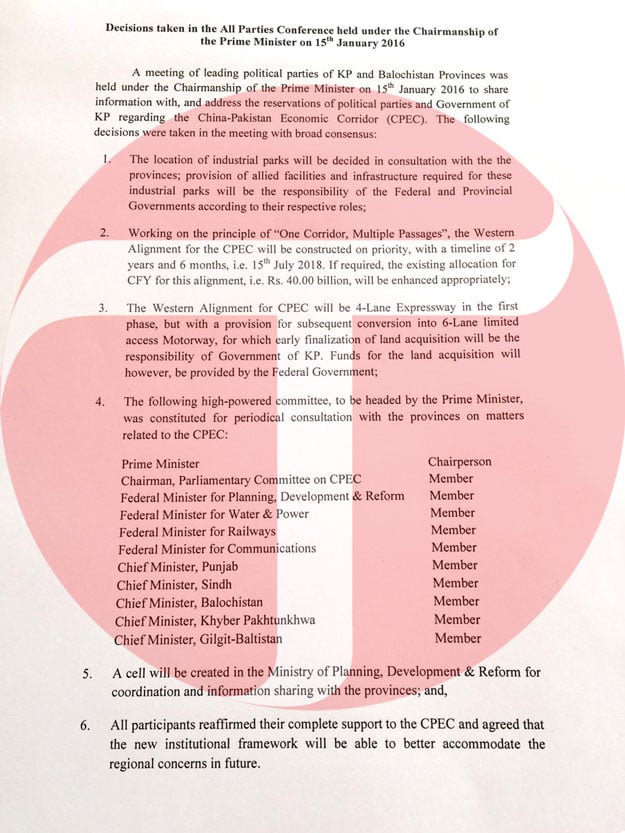I am quoting from UN data, not CIA world factbook. I personally feel the UN is more transparent about the methodology it uses whereas CIA just releases a number in its factbook each year based on some averages without explaining what they were.
I also am leery of composite indices like GNH that use "perception" ratings and flim flammy components like "generosity" with no explanation of their weightage or structured methodology beyond surveys (and no accompanying bias/error analysis).
I prefer it when we have numbers that can be computed from large volumes of direct observed/measured data.
Thats why I wont even quote the 100s of other such composite measures where India outpaces Pakistan (like failed state index and such), because a lot of them use this wishy washy stuff about democratic happiness, security perception and all kinds of other things that I feel end up being more subjective than objective.
Income distribution also does not mean much to me compared to absolute poverty rate (which Pakistan is better in but not by much). Thats because to get growth you need to allow income inequality to expand for a few decades. It happened to every society as it industrialises, even the USSR as hard as it tried to fight it (And ended up fiscally and politically failing because of it combined with pressure from its military spending strategy). Only later does social welfare kick in to smoothen out the income distribution (And even this is quite controversial to let happen but thats a topic for another day)
Well Pakistan is a smaller country and inherited a higher GDP per capita at independence and higher aid inflow per capita along with possibly a better organised bureaucracy for its first 20 years or so. The stagnation started because for some reason education was always grossly ignored in Pakistan compared to India. The deepset difference started from the 80s onwards when India pulled ahead quite drastically in enrolment, completion rate, literacy rates, youth literacy, transfer rate, female education and other such indices (you can look up the data in the UNESCO database or even the google thing you are using which uses World Bank data)....and now India is quite far ahead.
To me education is the absolute key and crux (because of how it feeds into the base of health, income and many other important things), and it is worrying that pakistan bureau of statistics is reporting a drop in overall literacy rate of Pakistan in recent years.
That is the major reason why India is pulling ahead in many key areas and overcame the initial socio-economic advantage Pakistan enjoyed to some degree.
https://www.google.ca/publicdata/ex...0&tend=1339560000000&hl=en_US&dl=en&ind=false
Its the difference in education that more than offset the difference in life expectancy and income in the earlier period you were talking of going back some time:
http://hdr.undp.org/en/composite/trends
http://www.photius.com/rankings/human_developement_index_1975-2005.html
Education is not looking so hot. It needs to be fixed ASAP or Pakistan will slip further behind in the development race. It feeds into things like health (an educated person is more likely not to be violent towards a Polio worker trying to vaccinate his kids etc...), income (obviously determines your potential and type of job) and many other important things.
This has little to do with the war on terror, since Pakistan education budget amount is generally mediocre to bad...but whats really bad is the transfer efficiency and transparency of the bureaucracy (i.e what actually gets spent efficiently instead of pilfered or wasted for captive corruption). Educating kids is not a very expensive affair, but it needs commitment and a good bureaucracy if you are to do it through a public initiative. Then there is high school education which is in a very bad state of affairs. Fewer than 50% of kids graduated lower secondary school in Pakistan (increasing at about 1.7% a year from 2008 - 2014)... Thats half of your demographic dividend spoiled right from the get go in the attempt to get people to middle class. Compare this with 80% for India in 2013 (and improving by about 2.6% every year from 2008 - 2013):
You can find more such data about education at:
http://data.uis.unesco.org/
Just like when working out if you had to choose 1 exercise, it would be swimming since it works out every part of your body....if you have to choose one sector to gauge a country's development by....it would be education.....because it illustrates where the country is headed and its potential.
Thats the main basis for me saying India is ahead. I don't mean to say Pakistan is behind in everything related to development....but it is well behind in this most important thing (Education). Its the very reason for India surpassing over time every other development indicator which it used to be behind. Education really is that important....because of its crossover effects. I hope Pakistan addresses it ASAP.







 . Human development index is not the be all end all . Pakistan is ranked well ahead then India in world happiness report 2016 . In terms of poverty , your percentage of population is way higher which suffer from poverty just check world bank figures or human development 2016 report . PK is ahead even on another Happiness index which is Happy planet Index . And the Life expectancy for both countries is almost equal so don't misguide people .
. Human development index is not the be all end all . Pakistan is ranked well ahead then India in world happiness report 2016 . In terms of poverty , your percentage of population is way higher which suffer from poverty just check world bank figures or human development 2016 report . PK is ahead even on another Happiness index which is Happy planet Index . And the Life expectancy for both countries is almost equal so don't misguide people .



